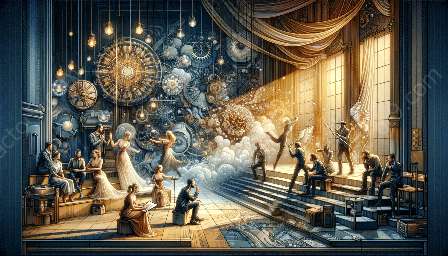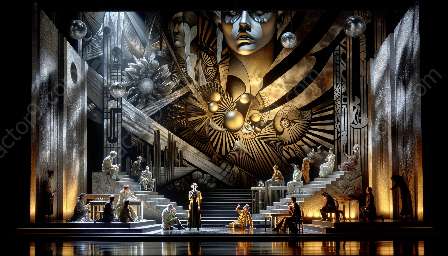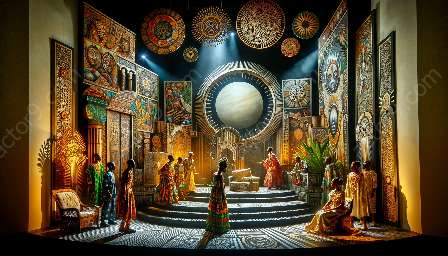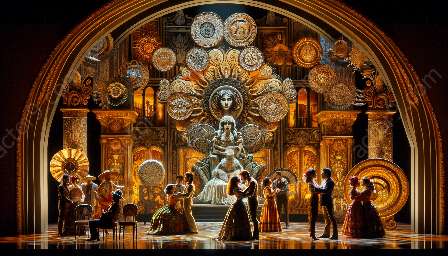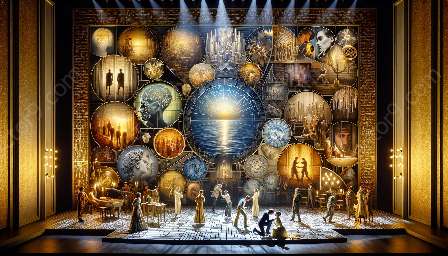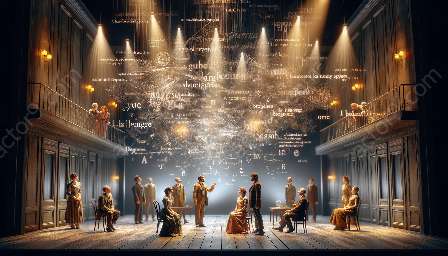Introduction to Expressionism in Modern Drama
Expressionism in modern drama emerged as a prominent artistic movement in the early 20th century, revolutionizing traditional theatrical forms and techniques. By highlighting the inner emotions, subjective experiences, and psychological turmoil of characters, expressionist plays sought to provoke raw and intense emotional responses from the audience. Expressionism in modern drama aimed to transcend the limitations of realism and naturalism, offering a highly stylized and subjective portrayal of reality.
The Essence of Expressionist Plays
Expressionist plays are characterized by their rejection of conventional dramatic structures and their focus on conveying the characters' innermost thoughts, fears, and anxieties. Through fragmented narratives, distorted visuals, and heightened emotional states, expressionist plays aimed to challenge the audience's perceptions and immerse them in the characters' psychological landscapes. The visceral and evocative nature of expressionism in modern drama aimed to break down the boundaries between the audience and the theatrical performance, creating an intense and immersive experience.
The Audience as Active Participants
In the performance of expressionist plays, the audience assumes a crucial role as active participants in the realization and interpretation of the dramatic narrative. Unlike traditional theatrical experiences, where passive observation is the norm, expressionist plays demand the audience's engagement and involvement. The emotional intensity and non-linear storytelling employed in expressionist plays compel the audience to become emotionally and psychologically invested in the performance, blurring the lines between the spectators and the performers.
Empathy and Emotional Connection
Expressionist plays rely on the audience's ability to empathize with the characters' internal struggles and existential dilemmas. The heightened emotional states and symbolic representations within expressionist plays aim to elicit profound emotional responses from the audience, facilitating a deep and immersive connection between the spectators and the performance. The audience's emotional and psychological resonance with the themes and characters of expressionist plays enhances the overall impact and significance of the dramatic experience.
Shaping the Theatrical Atmosphere
The audience's active participation in expressionist plays significantly shapes the theatrical atmosphere and the overall mood of the performance. As the audience becomes emotionally intertwined with the characters' experiences, their reactions and responses contribute to the interactive dynamic of the theatrical space. The collective emotional energy and engagement of the audience influence the intensity and authenticity of the dramatic representation, creating a symbiotic relationship between the performers and the spectators.
Interactive Experience and Artistic Expression
Expressionist plays thrive on the interactive nature of the theatrical experience, where the audience's responses and interpretations become integral elements of the artistic expression. The unconventional and emotionally charged nature of expressionism in modern drama invites the audience to actively interpret and engage with the underlying themes, symbolism, and visual cues presented within the play. This symbiotic relationship between the audience and the performance blurs the boundaries between art and reality, fostering a heightened sense of emotional and artistic immersion.
Conclusion
Understanding the pivotal role of the audience in the performance of expressionist plays within the context of modern drama is essential for appreciating the immersive and transformative nature of expressionism. By actively engaging with the emotional and psychological complexities inherent in expressionist plays, the audience becomes an integral part of the artistic dialogue, shaping the essence of modern drama and enriching the overall theatrical experience.


